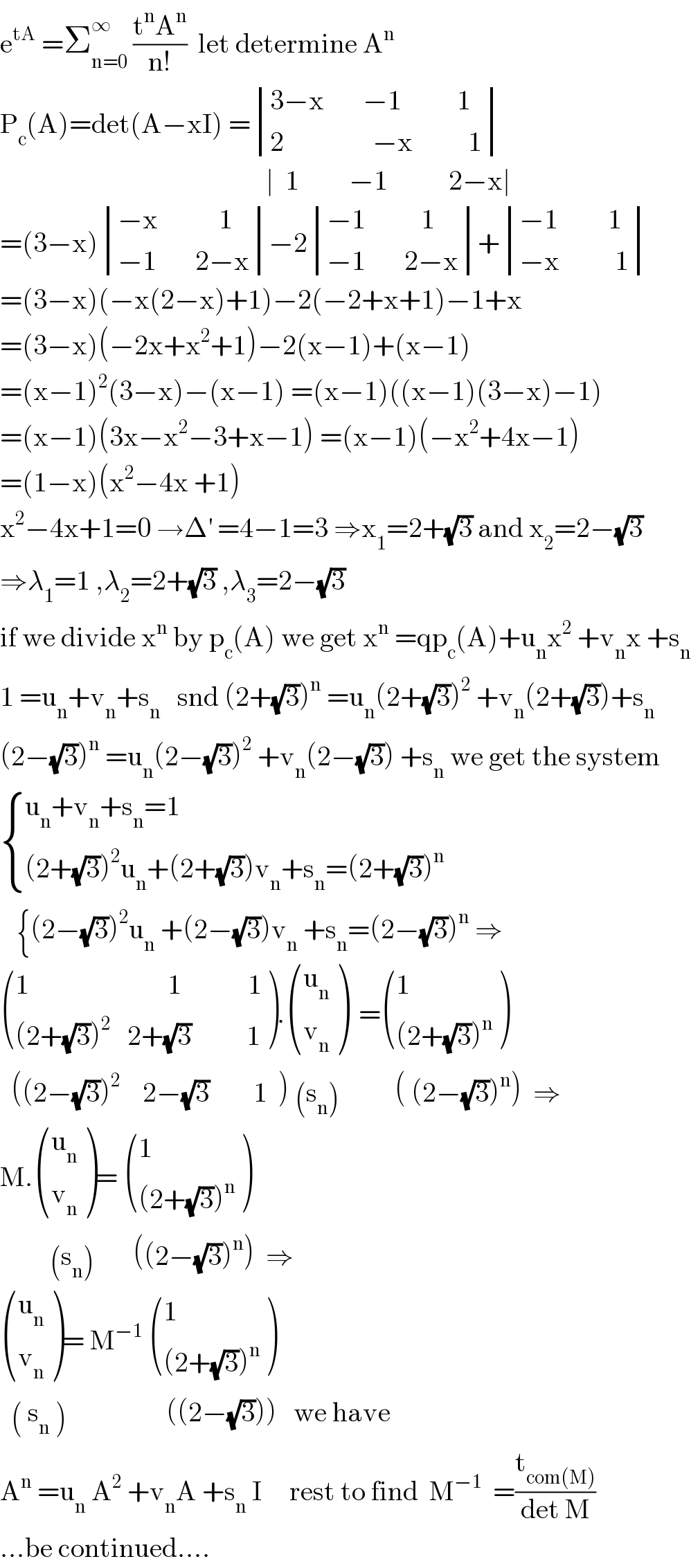
Question and Answers Forum
Previous in Differential Equation Next in Differential Equation
Question Number 122231 by fajri last updated on 15/Nov/20

Answered by mathmax by abdo last updated on 15/Nov/20

| ||
Question and Answers Forum | ||
Previous in Differential Equation Next in Differential Equation | ||
Question Number 122231 by fajri last updated on 15/Nov/20 | ||
 | ||
Answered by mathmax by abdo last updated on 15/Nov/20 | ||
 | ||
| ||